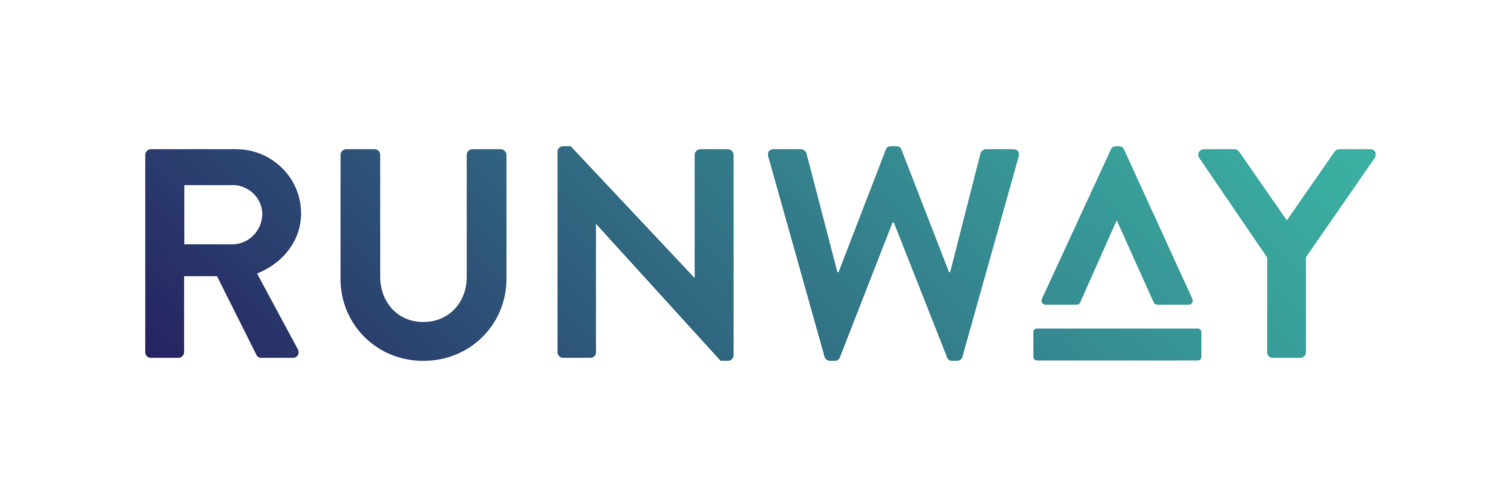What is Reparative Capital? Exploring Its Role in Economic Justice
Collage by Megan Totah Design
In the expansive world of equity- and justice-centered economic theories and praxes, "Reparative Capital" emerges as a transformative thread, weaving together principles from Regenerative Economies, Restorative Economies, and Solidarity Economies while aligning closely with the ethos of Reparations.
At its core, Reparative Capital seeks to address and amend historical economic injustices, particularly those inflicted upon Black communities, by providing immediate, tangible resources that empower these communities to thrive.
Distinguishing Reparative Capital from Related Economic Concepts
While Reparative Finance shares common ground with several progressive economic frameworks, it is important to chart its unique focus:
Regenerative Economies
Regenerative Economies aim to create systems that restore and sustain ecological and social health, prioritizing environmental sustainability alongside community well-being. Reparative capital intersects with regenerative principles by addressing how economic harm to marginalized communities has also caused ecological harm and vice versa.
Example in real time: Athens Land Trust addresses housing and food insecurities through a holistic programming approach. Rooted in land conservancy, the trust has created programs to provide attainable housing and agriculture operations in the community of Athens, Georgia, and beyond. These programs are strengthened by youth development across their farming, building and conservation programs.
Restorative Economies
Restorative Economies focus on reinvesting in infrastructure, education, and resources to restore communities to a state of economic and social well-being. Reparative capital builds on restorative frameworks by explicitly focusing on correcting historical economic injustices rather than rebuilding what was lost.
Example in real time: Richmond LAND, REAL Peoples Fund, Restore Oakland, Inc., and the Buen Vivir Fund demonstrate the power of community-driven organizing and collective visioning. These initiatives show how communities can come together to shape their future through participatory decision-making that fosters shared prosperity. They offer a glimpse into the shift needed to move away from an economy built on extraction and exclusion, and toward one grounded in regeneration, resilience, and mutual support.
Solidarity Economies
Solidarity Economies advocate for cooperative, democratic economic systems where communities control and benefit from resources. Reparative Capital aligns with solidarity principles by fostering collective empowerment and prioritizing marginalized voices in decision-making.
Example in real time: Over the last decade, the foundations of an arts-based solidarity economy built on cooperative principles have been taking root again in New Orleans. There are over 15 local cooperative businesses and democratic collectives, many of which use arts and cultural strategies to fortify a solidarity economy. These include BanchaLenguas, a cooperative dedicated to language justice; Studio Lalala, a worker-owned film production company; and Civic Studio Design Cooperative.
Reparations
Reparations explicitly seek to compensate for historical harms, such as chattel slavery, colonization, and systemic racial exclusion, through direct financial, social, or land-based remedies. Reparative capital shares this goal but is often a more immediate and tangible form of intervention designed to provide businesses and communities with the resources and infrastructure they need now to thrive.
Example in real time: In 2021, the Chicago suburb of Evanston, Illinois, became the first U.S. city to offer reparations to Black Americans for past housing discrimination, but not without backlash. The program's first phase allocated $25,000 grants to eligible Black residents for home repairs, down payments, or mortgage assistance. It was framed as a first step in addressing the racial wealth gap and systemic housing discrimination that Black residents in Evanston faced due to redlining, predatory lending, and segregation. Soon after, a conservative activist group filed a class action lawsuit against the reparations program in claiming the initiative is unconstitutional because qualification for the program is based on an applicant’s race.
In essence, Reparative Capital is about healing and justice. It acknowledges the historical and ongoing harm faced by Black and other underinvested communities and seeks to create economic systems that are reparative, liberatory, transformative, and community-centered.
The Imperative of Building Community Power
For Reparative Capital to effect meaningful change, it must be rooted in the empowerment of the communities it aims to serve.
This involves more than just the infusion of funds and resources. Power building is crucial for communities that have been historically harmed because it shifts the dynamics from being passive recipients of aid to active participants in their own economic future. When communities build power, they gain the agency to make decisions, influence policies, and ensure that the resources they receive align with their values and long-term goals. It allows for self-determination, which means communities can advocate for and secure the investment and support that best addresses their needs rather than waiting for external sources to dictate terms.
Moreover, power building helps to break the cycle of dependence on traditional, exploitative financial systems that often exclude or exploit Black and other marginalized communities. By building collective power, these communities can foster networks of mutual aid, solidarity, and cooperative economic practices. This leads to more sustainable and equitable outcomes, where resources are redistributed in a way that promotes shared prosperity, community ownership, and collective decision-making. In essence, power building is the foundation for achieving true equity because it transforms the relationship between Black and other marginalized communities and the systems that govern access to resources and opportunities. Getting access to capital is great, but it’s really about being able to control how it’s used, who benefits, and how it supports long-term community well-being.
As we continue to explore and implement Reparative Capital, it is crucial to center the voices and leadership of those most affected by economic injustice. By doing so, we can ensure that our efforts are not only inclusive but also transformative, paving the way for a more just and equitable economic landscape.
Additional Reading & Resources
Just Transition, A Framework for Change
New Approaches to Investment: Toward a Regenerative, Solidarity Economy
What is Restorative Economics? – Nwamaka Agbo
The Wealth and Health Gap Between Black and White Americans – Reparation Payments May Narrow Racial Disparities
Five Principles For Making State and Local Reparations Plans Reparative



